


The University Grants Commission (UGC) has announced draft guidelines for introducing skill-based courses and micro-credentials in higher education institutions, aligning with the objectives of the National Education Policy 2020. These courses, including emerging fields such as data analytics and AI, aim to enhance students' employability and support economic growth through a qualified workforce. Feedback on the guidelines will be accepted for the next 30 days, giving students and educators a chance to provide their input.
Higher Education Goes Skill-Based: UGC Unveils Draft Guidelines
Background
The Indian education system has long been criticized for its rigid structure and lack of emphasis on practical skills. In an effort to address these concerns, the National Education Policy (NEP) 2020 proposed a major reform of the higher education sector.
One of the key initiatives under the NEP is the introduction of skill-based courses and micro-credentials. These courses aim to provide students with the specific skills and knowledge required by employers, enhancing their employability and contributing to economic growth.
The UGC's Draft Guidelines
In line with the NEP, the University Grants Commission (UGC) has released draft guidelines for introducing skill-based courses and micro-credentials in higher education institutions. These guidelines outline the framework for developing, offering, and assessing these courses.
The guidelines encompass a wide range of courses, including:
Benefits
The introduction of skill-based courses and micro-credentials is expected to benefit both students and the economy:
Top 5 FAQs
1. What is a micro-credential?
A micro-credential is a short-term, recognized credential that certifies a specific skill or area of knowledge. It can be awarded through online platforms, bootcamps, or higher education institutions.
2. Are skill-based courses part of a degree program?
Skill-based courses can be offered as standalone courses or as part of a degree program. Students can earn micro-credentials within a skill-based course, which can later be combined to form a full degree.
3. How are skill-based courses assessed?
Assessment methods may vary depending on the course, but they typically include a combination of assignments, projects, and exams.
4. What is the future of skill-based education in India?
The government has announced plans to introduce skill-based education in all higher education institutions by 2025. This move is expected to revolutionize the Indian education system and enhance the country's competitiveness in the global economy.
5. How can students and educators provide feedback on the draft guidelines?
The UGC is accepting feedback on the draft guidelines for the next 30 days. Feedback can be submitted through the official UGC website.

The Indian government has appointed V Narayanan as the new chairman of the Indian Space Research Organisation and Secretary, Department of Space. An IIT alumnus and cryogenic engine developer, Narayanan is expected to take charge from the current head of the organisation, S Somanath, on January 14. With years of experience and expertise in rocket and spacecraft propulsion, Narayanan aims to take ISRO to greater heights and continue India's development in space technology.
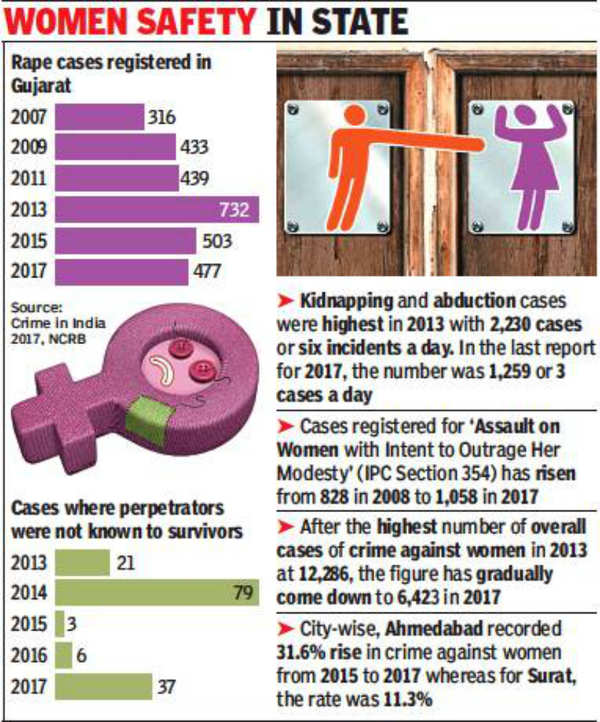
The state of Gujarat has taken precautionary measures to handle cases of HMPV, a respiratory virus, after one case was detected in a two-month-old boy two weeks ago. Three civil hospitals in Gandhinagar, Ahmedabad, and Rajkot have created isolation wards with a total of 45 beds to handle any potential health emergency. The health department has also issued an advisory to the public to prevent the spread of the virus. However, according to data from the Indian Council of Medical Research and the Integrated Disease Surveillance Programme, there has been no alarming surge in respiratory illnesses in the country.
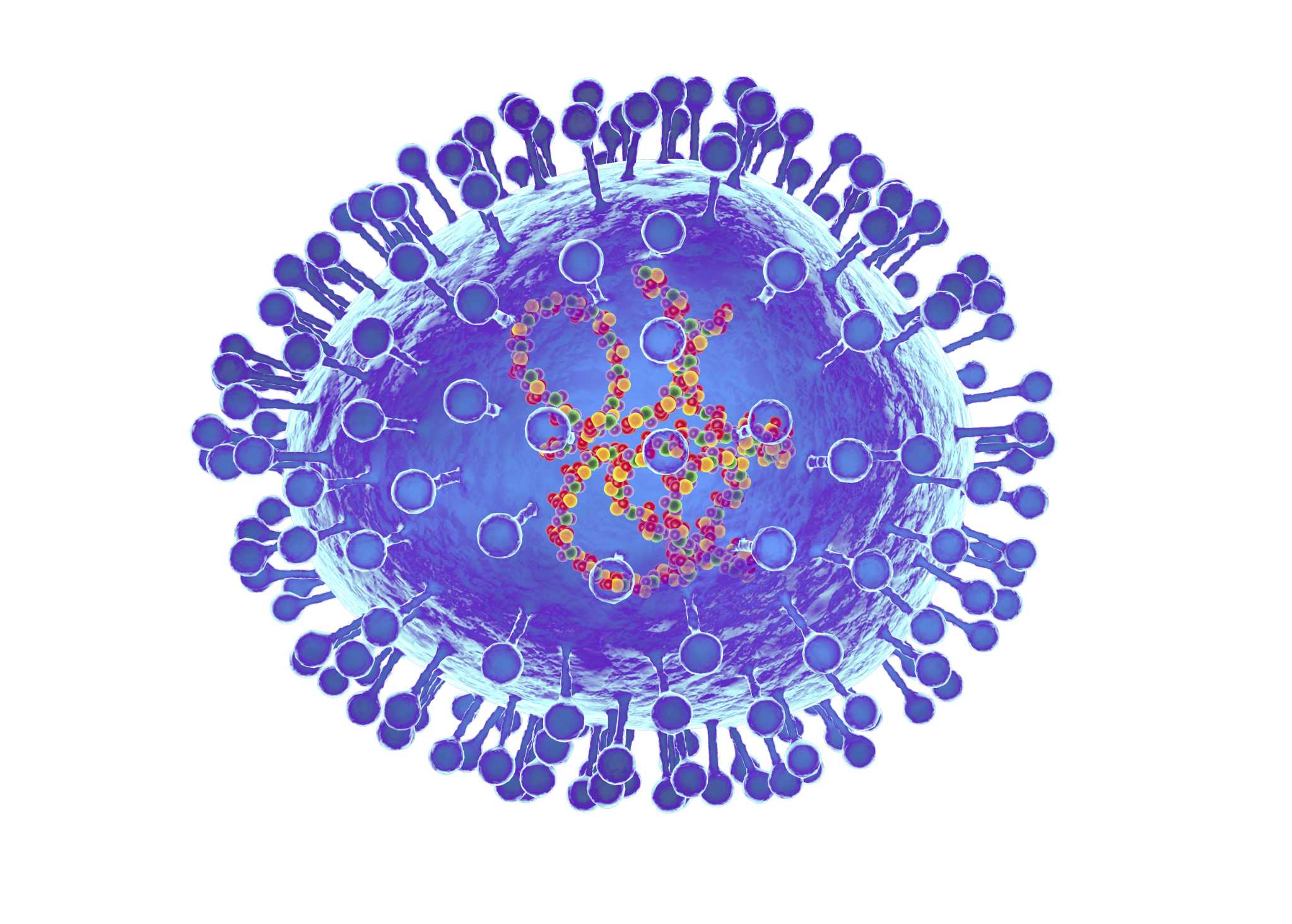
The recent detection of the Human Metapneumovirus (HMPV) in India has sparked fears of a potential new outbreak similar to the COVID-19 pandemic. However, medical authorities assure the public that HMPV has been circulating globally for years and is not a new virus. While three cases have been reported in India, there is no need to press the panic button as there has been no unusual surge in respiratory illness cases in the country. Karnataka's Health Minister Dinesh Gundu Rao stresses that this is not the first case of HMPV in India and it is not something new.
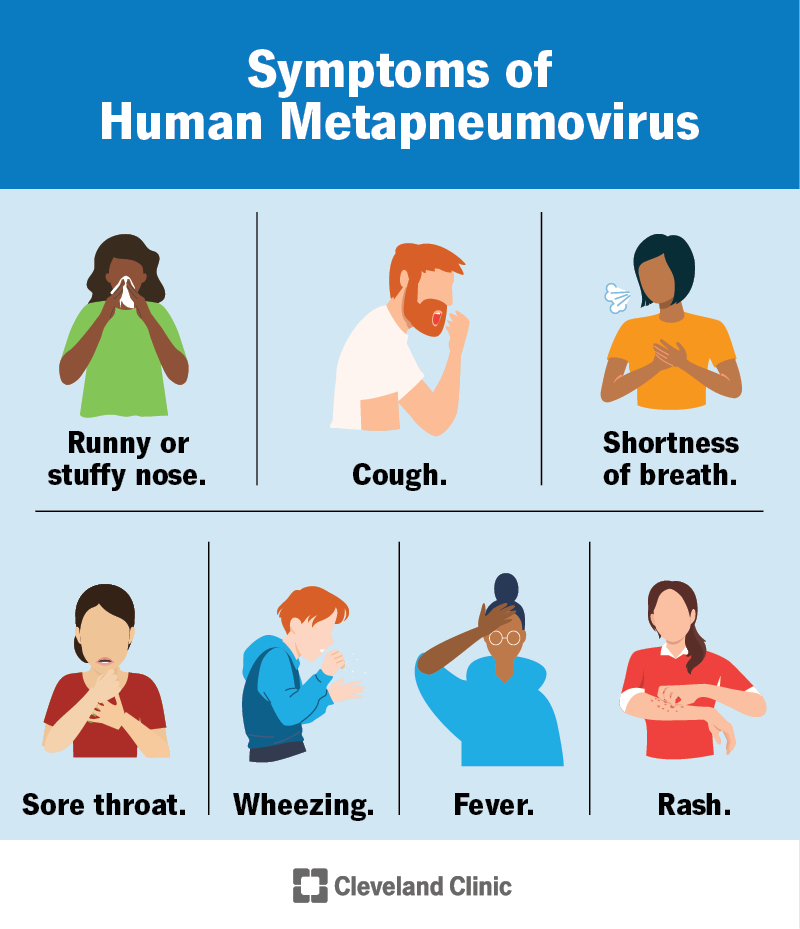
As China experiences an outbreak of Human Metapneumovirus, also known as HMPV, health officials in Telangana, India have issued a list of precautions for the public, despite no reported cases in the state. The respiratory virus, which primarily affects children, immunocompromised individuals, and the elderly, can lead to a wide range of symptoms, including mild cold-like illness and more serious respiratory conditions. However, the Indian health agency has assured that there is no cause for alarm and that the country does not need to worry at this time.
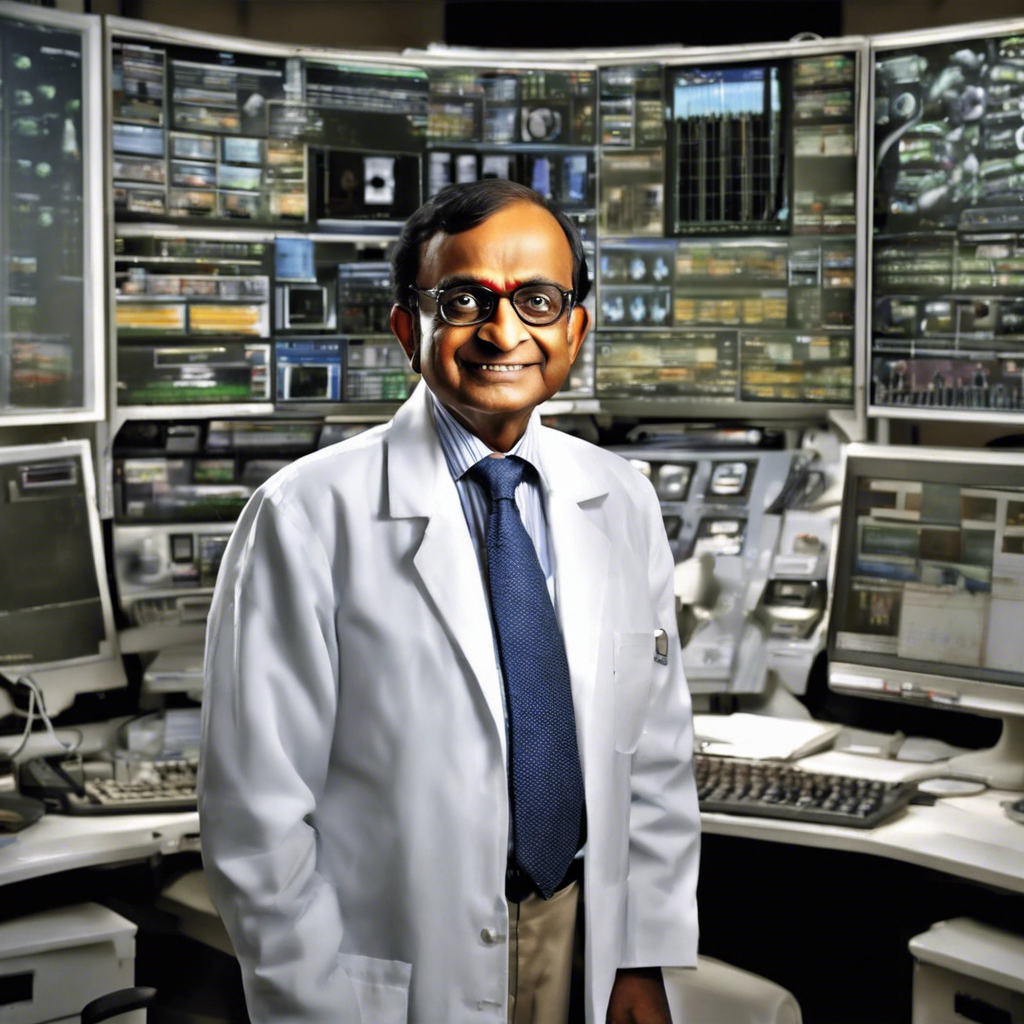
Renowned nuclear scientist and key figure in India's nuclear program, Dr. R Chidambaram, passed away at the age of 88. He was known for his contributions to nuclear research and played a significant role in India's nuclear tests and the country's civil nuclear agreement with the United States. His passing marks a significant loss for the scientific community and the country's progress in the field of nuclear technology.
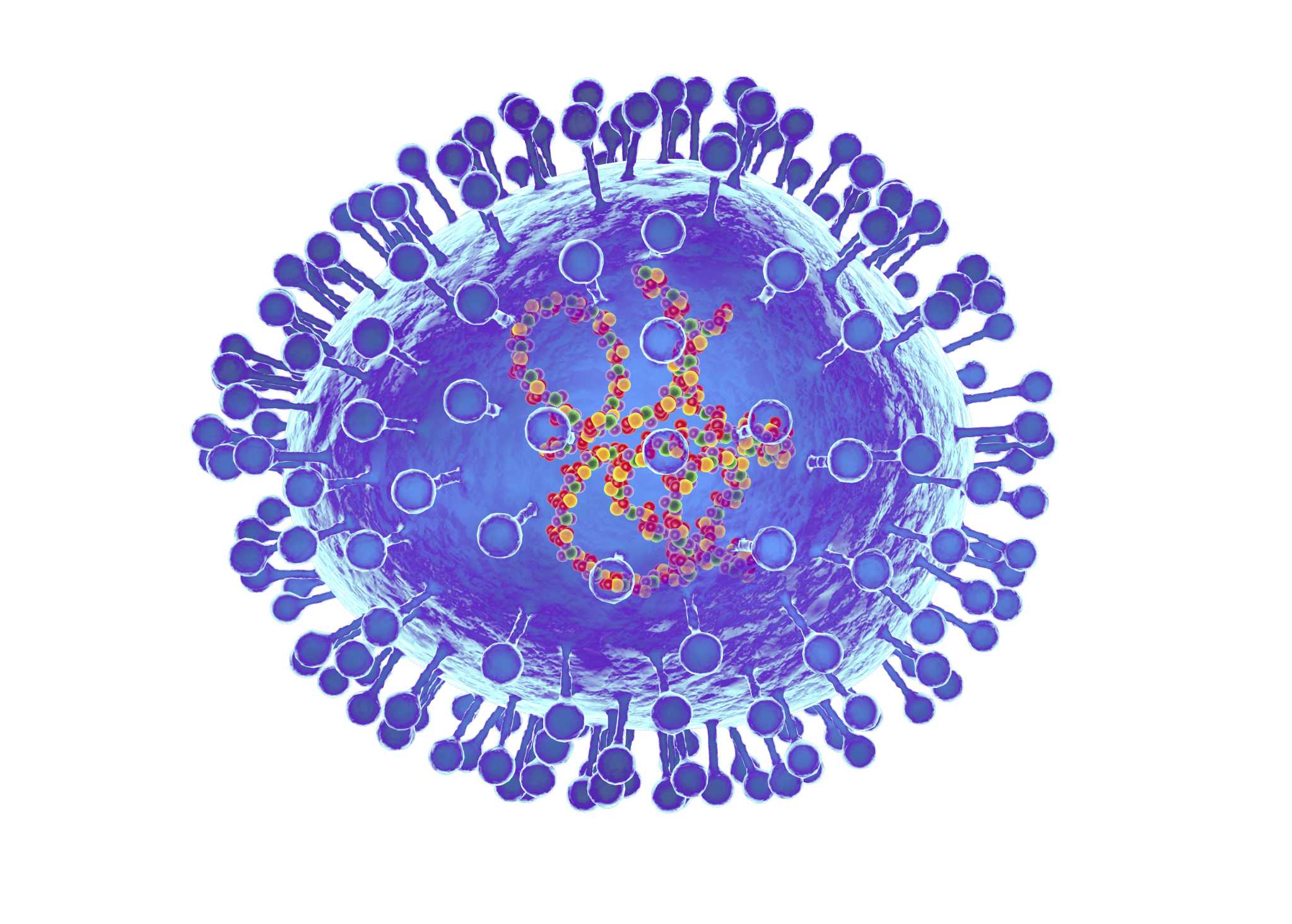
The recent spread of a new virus, human metapneumovirus (HMPV), in China has sparked global concerns, with reports of increasing cases among children under 14. However, Indian health experts and the Union Ministry of Health and Family Welfare have dismissed the possibility of a widespread disruption. This is due to previous knowledge about HMPV and its similarity to respiratory syncytial virus (RSV), a common respiratory pathogen. While HMPV may be a trigger for asthma in infants, it is not as deadly as Covid-19 and there is no reason for alarm yet.
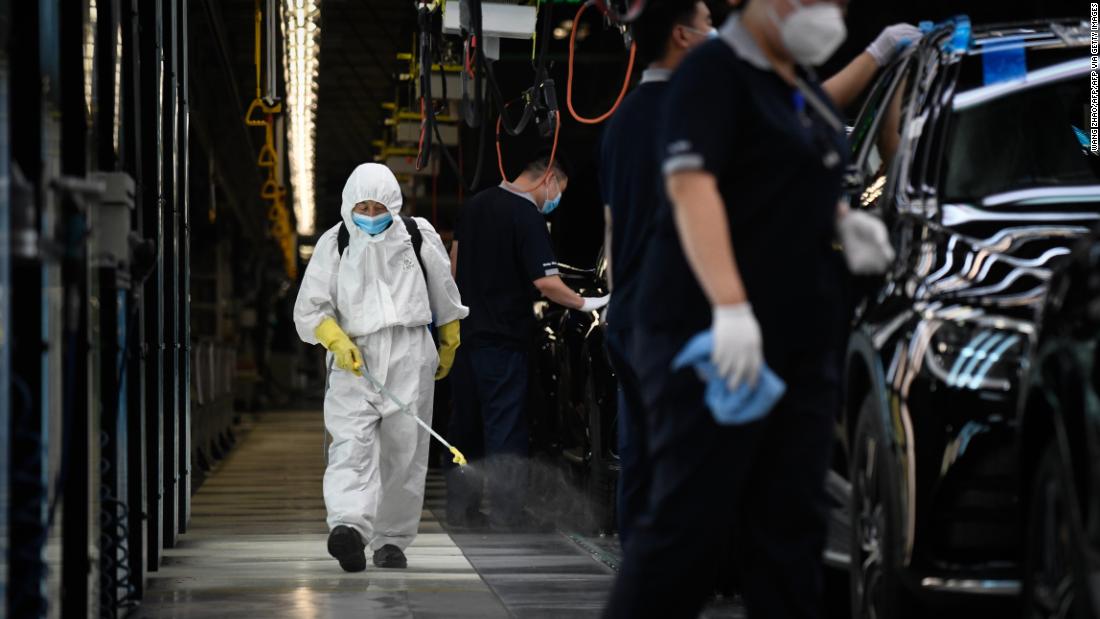
China's disease control authorities have launched pilot systems to monitor and report cases of Human Metapneumovirus (HMPV), which has been linked to a recent flu outbreak. As the country continues to battle this respiratory virus, the World Health Organization calls for transparency and cooperation in researching the origins of COVID-19 to better prevent and prepare for future epidemics. Experts warn that people with weak respiratory health and weakened immune systems, as well as young children and the elderly, are most at risk for HMPV and urge preventive measures such as frequent hand washing and wearing masks.
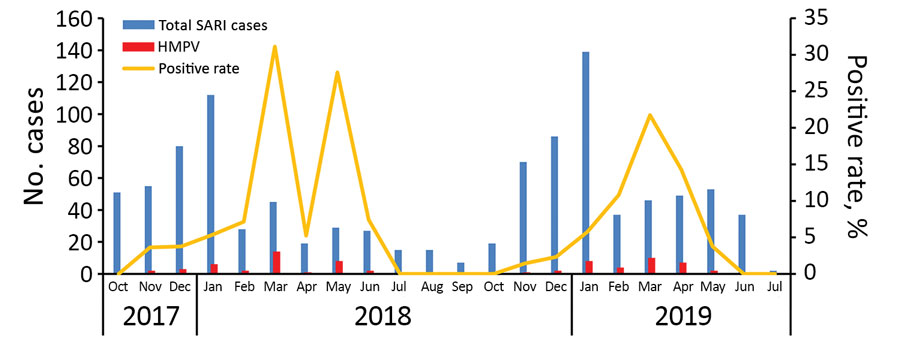
Amidst growing concerns over the coronavirus outbreak, China confirms an increase in cases of human metapneumovirus (HMPV) among children under 14 years old, especially in northern provinces. HMPV is a respiratory illness similar to the common cold, with symptoms including coughing, runny nose, and sore throat. Health officials are urging the public not to blindly use antiviral drugs to fight HMPV, as there is currently no vaccine against the virus. Antibiotics may be prescribed in extreme cases where HMPV has caused pneumonia and a secondary bacterial infection.
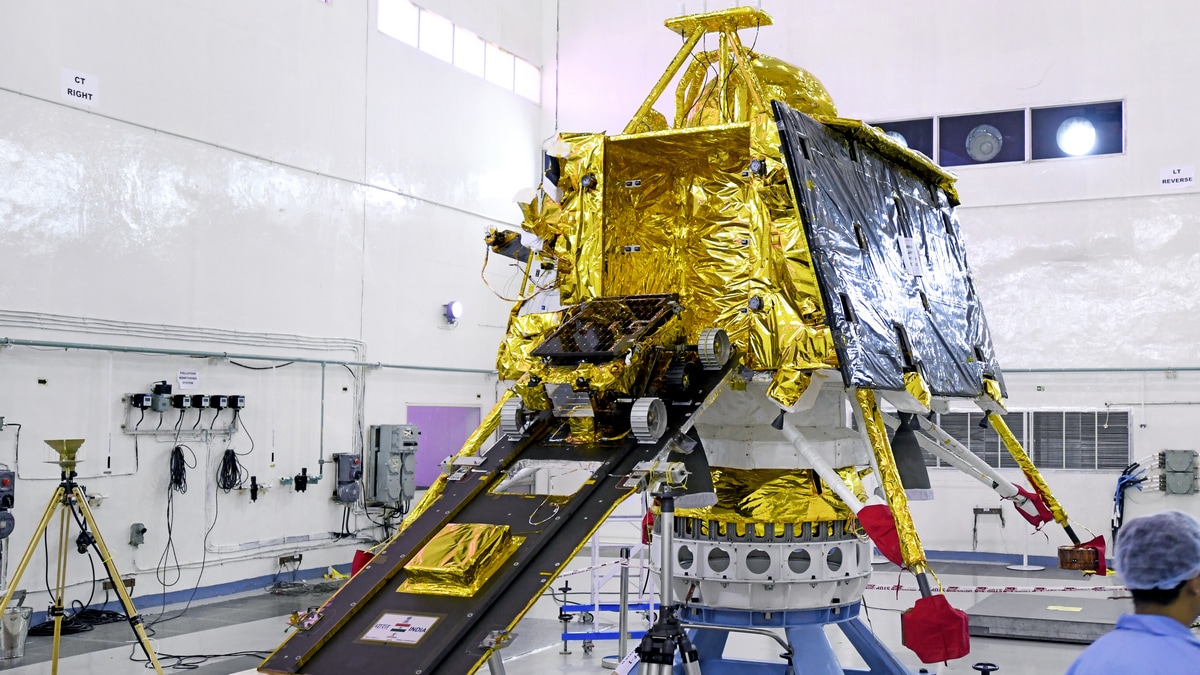
Indian Space Research Organisation (ISRO) has successfully placed two satellites, weighing 220kg, into a circular orbit of 475 km for a crucial space docking technology demonstration. This mission also included the launch of POEM-4 with 24 payloads from startups, industries, and academia. Scientist S Somanath stated that the docking process is expected to take place on January 7, after operations at ISTRAC Bengaluru from December 31. This mission is a major step towards future space missions for India.